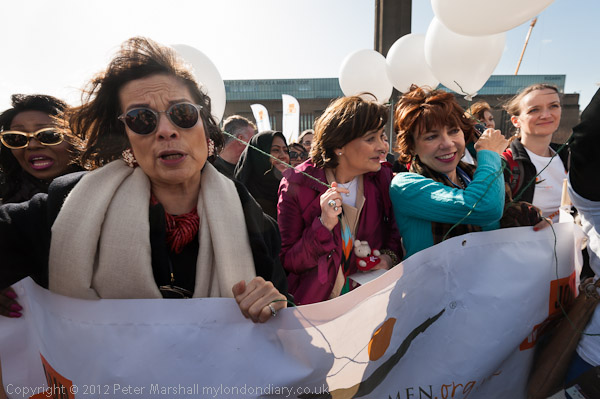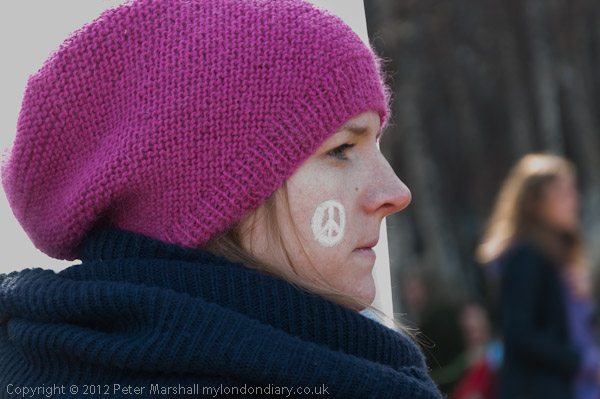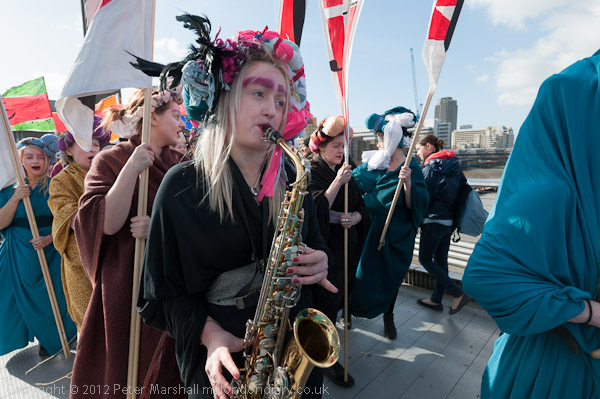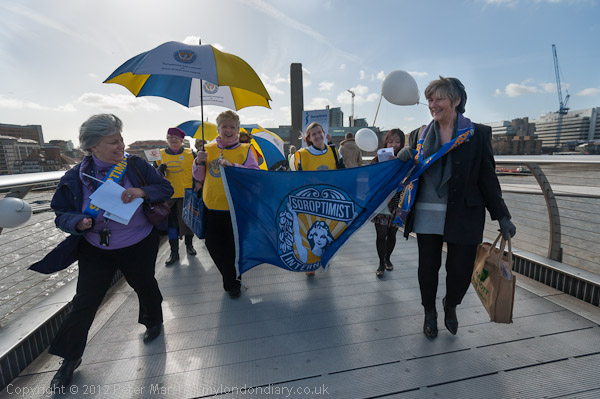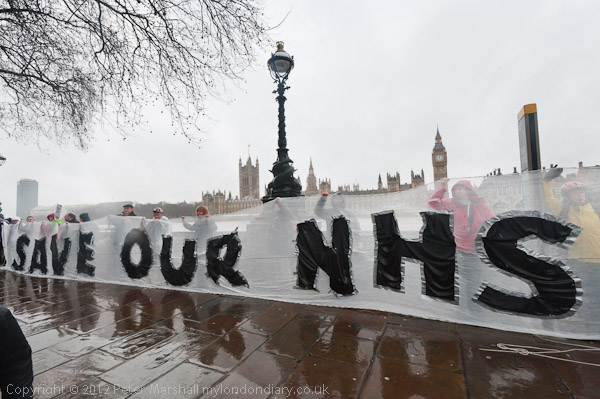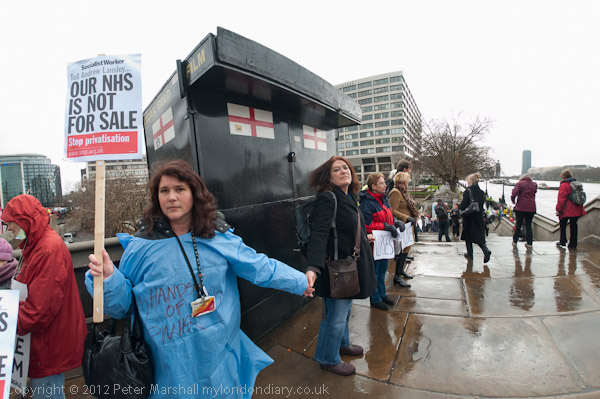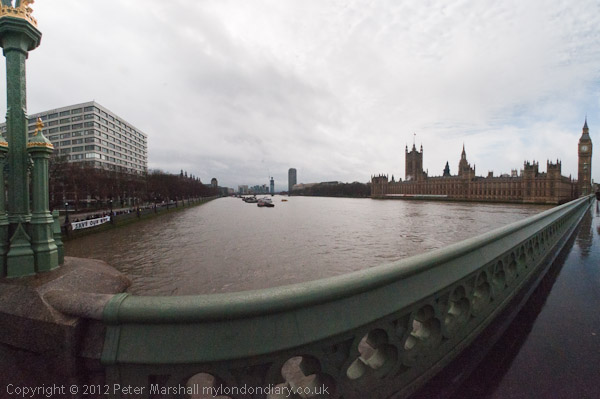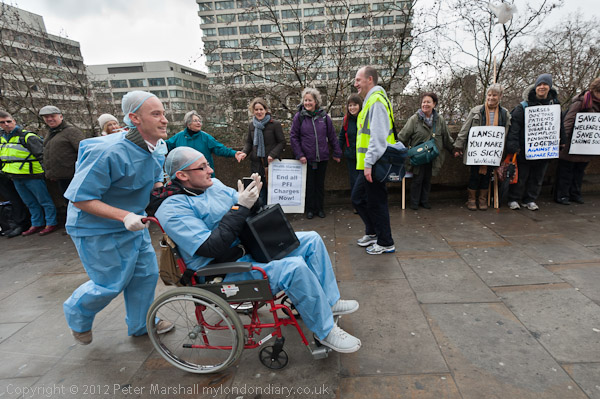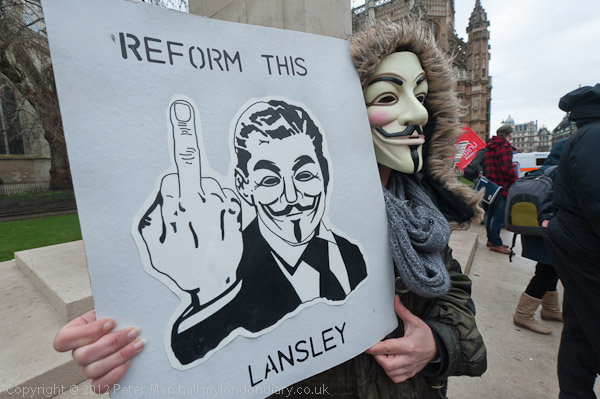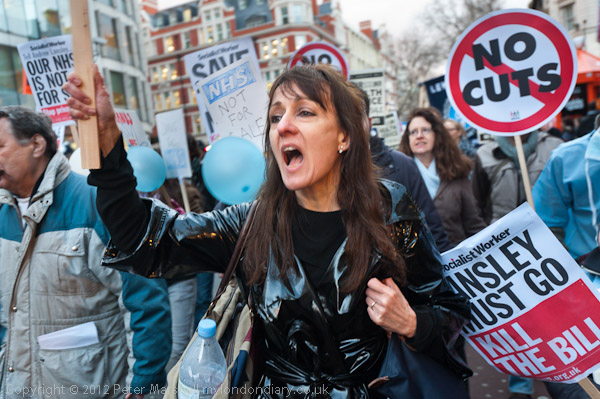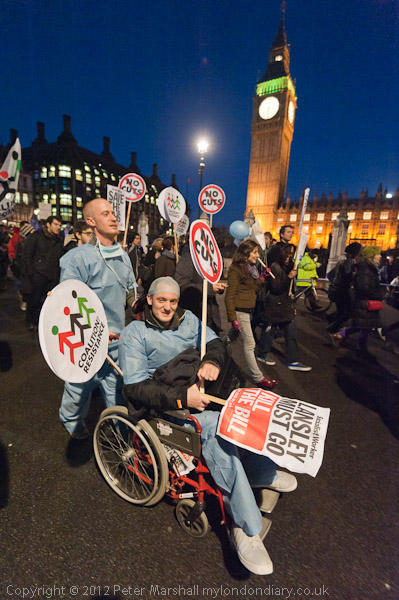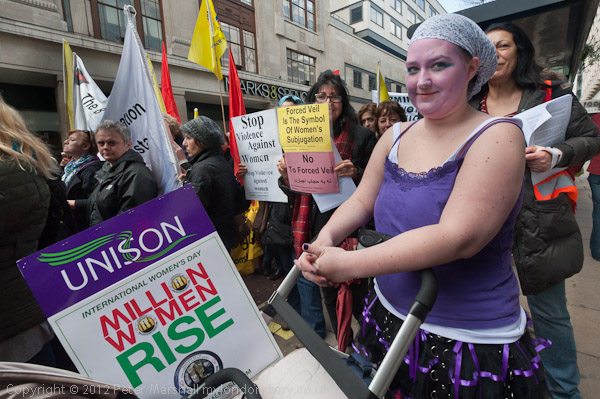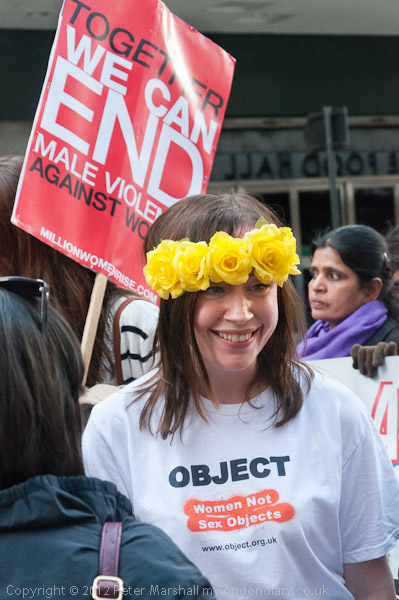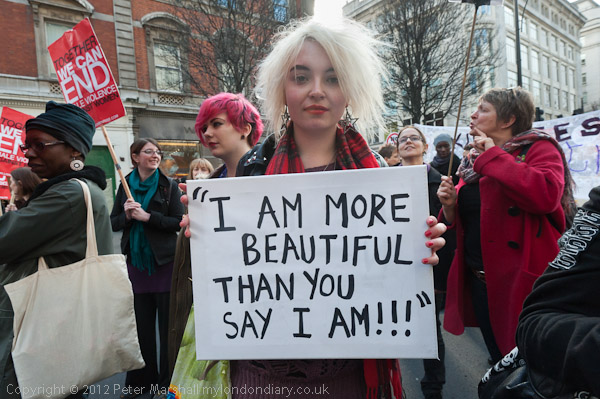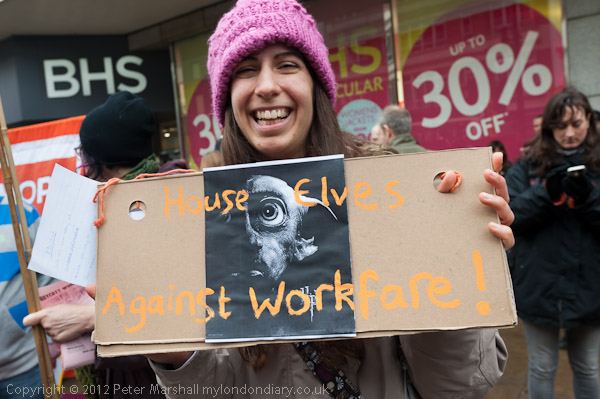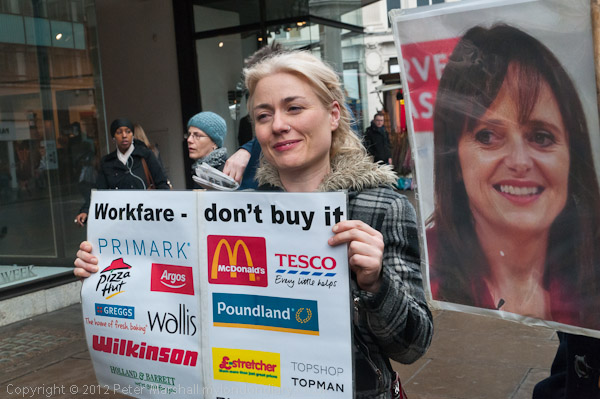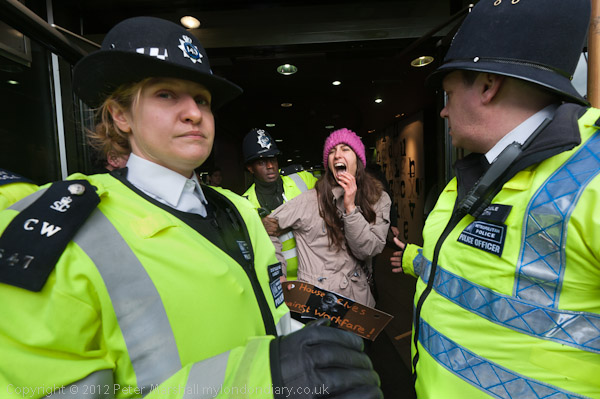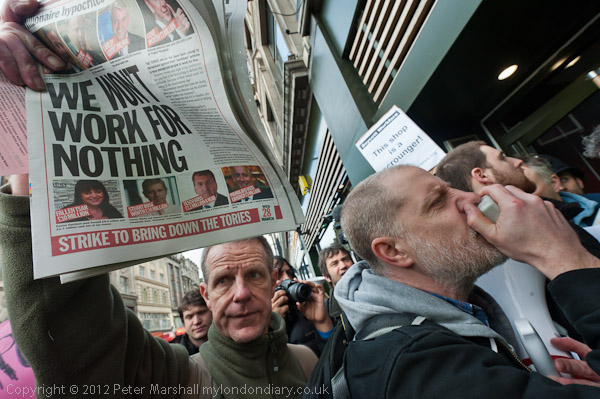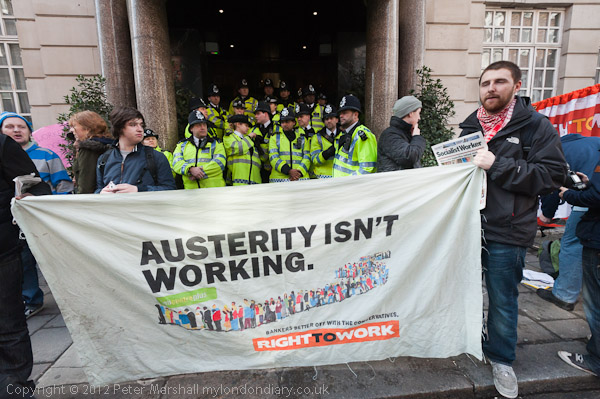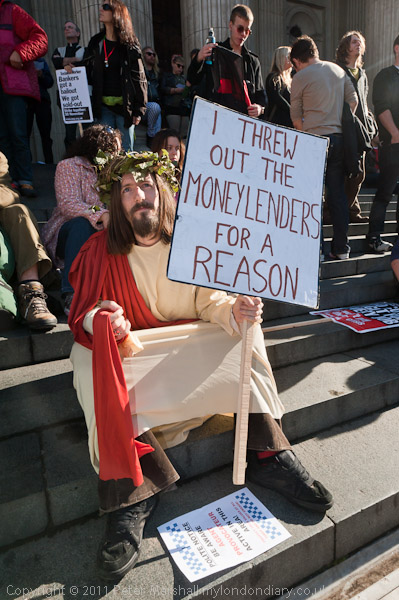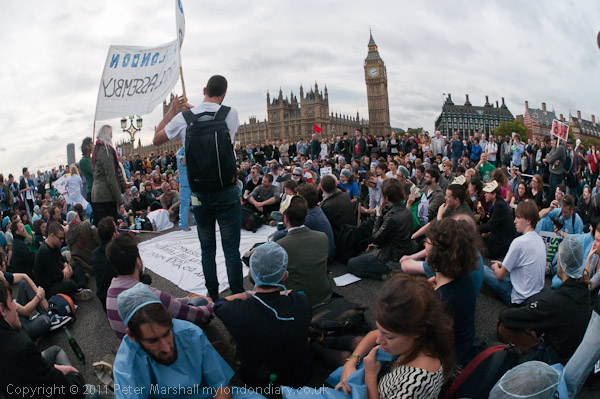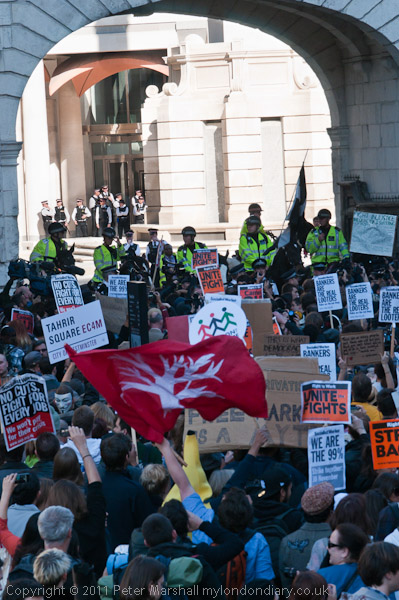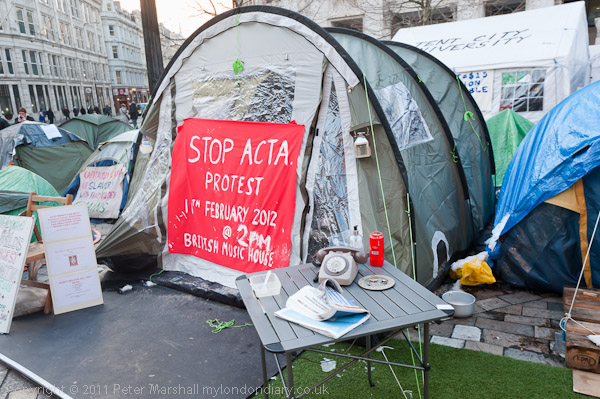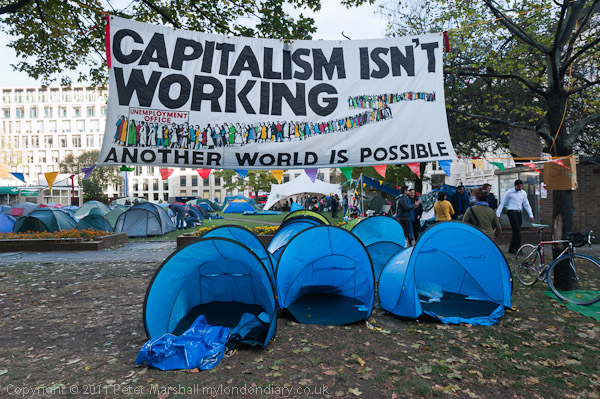It seems a long time ago now, but St Patrick’s Day was only around two weeks ago, with the main London event on the Sunday following the day itself. Although I’ve photographed this a few times, like many events it seems to have grown rather less interesting over the years, and I decided not to bother photographing it this year. If it had been passing my doorstep I would have gone out, but travelling up to London on a Sunday tends to be a very slow affair, with train services usually disrupted by line closures for engineering work, and there are plenty of things for me to get on with at home – like trying to get My London Diary up to date or scanning some of my extensive archive of negatives.
But I’ve always enjoyed the rather smaller-scale local celebrations on the actual day – which this year happened on a Saturday – at Willesden Green in Brent, and I’d put that event down in my diary. But there was a small problem, that I was also covering a major demonstration by Syrians the same day, starting before and ending after the Brent parade.
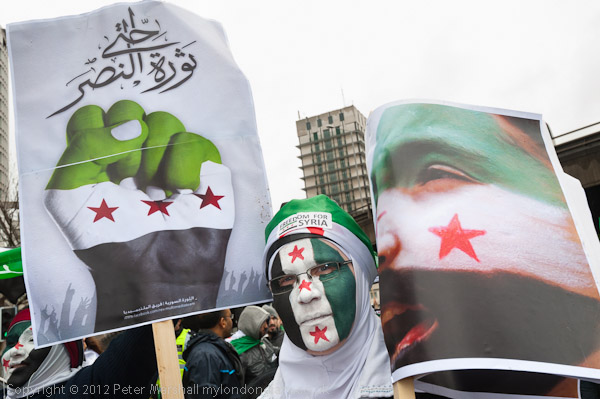
The Free Syria supporters were gathering at Paddington Green for their march to the embassy, and I went there after an hour or so standing around on Oxford St where too few people had come for a workfare protest to really be effective. Probably the weather, light but steady rain, had put some off coming, but fortunately except for five minutes or so when I did go outside the small shopping centre to take a few pictures of the hardier who had arrived, I was able to sit down inside and keep dry. But it was still raining at Paddington Green, raining enough that despite frequent lens-wiping, many pictures still had blurred areas from water on the front glass, and Sod’s Law being as it is, usually in a critical area of the image. Fortunately it had slackened off a little by the time the march began, but I was still pleased to leave it after it had gone a quarter mile or so and run to the nearby tube station, catching the two trains I needed to take me to Willesden Green, where I arrived around 20 minutes before the parade started.
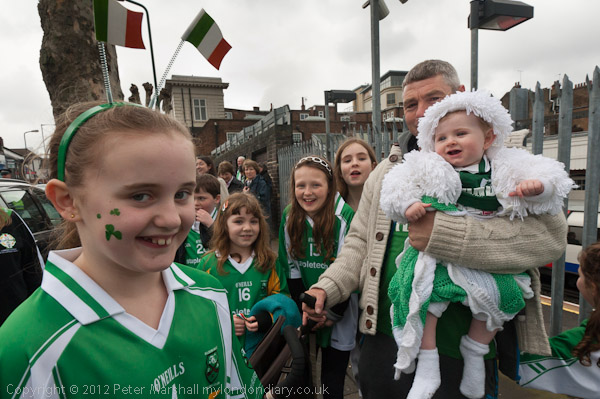
For most such events, the best time to get pictures is while people are getting ready for them, particularly the last few minutes before the start. People are generally standing around and waiting, often closer together than they will be during the actual event, and, if you want them to pose (and I usually don’t – my problem is usually stopping people posing) they have time to do so. It’s also a good time to photograph the crowds around the start, although I also like to photograph them along the route as the parade makes its way to the library and everyone comes out of the shops and bars to watch, as well as at the end of the procession where there are various performances.
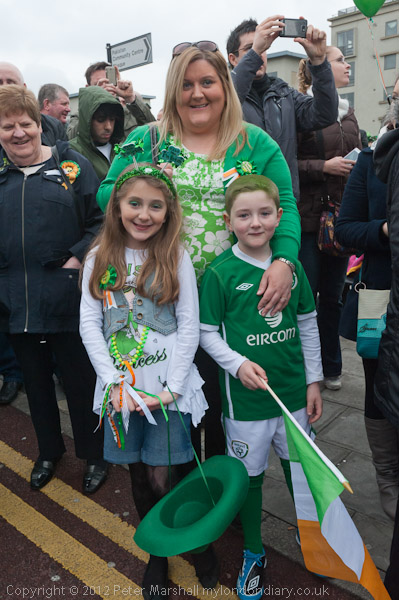
Of course there was a parade, and St Patrick was in it (twice) along with lots of others including the Mayor, and we were all Irish for the day.
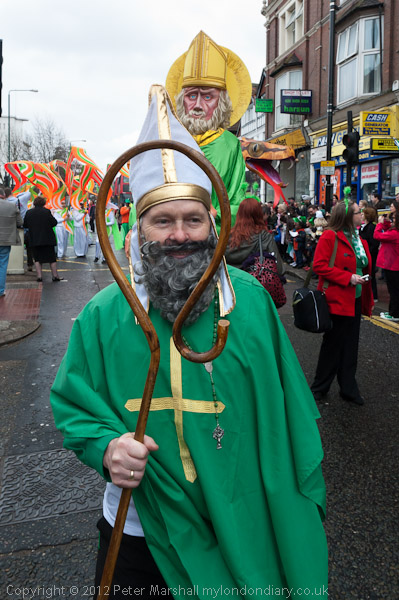
Seeing double?
I was sorry that I had to rush off as the parade was ending, back to the tube and this time to the destination of the Syrian march, the embassy in Belgrave Square, arriving a short time after the march had got there, but in plenty of time to take more pictures. I hadn’t expected anything much to happen on its route, and talking to some of the other photographers covering the event I’d missed nothing.
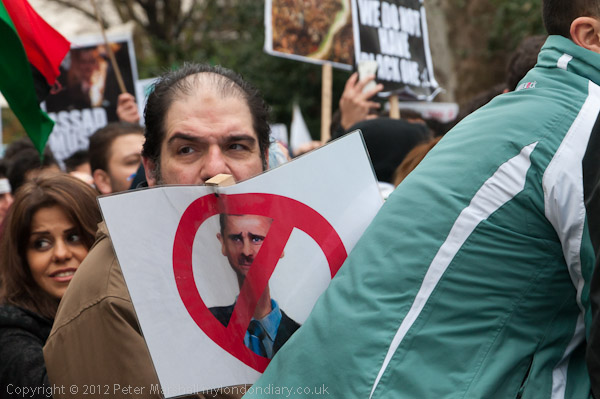
I tried a few things with this man and his eyes along with those in the poster – and in this frame, which I think was the best, added a third pair. But perhaps I should have framed more tightly, though I do rather like the ear at top left. One thing I just could not get exactly how I wanted it was the gallows with an effigy of Asad, and after chasing it for a while through a pretty solid and seething crowd I decided I’d done my best and abandoned the attempt.
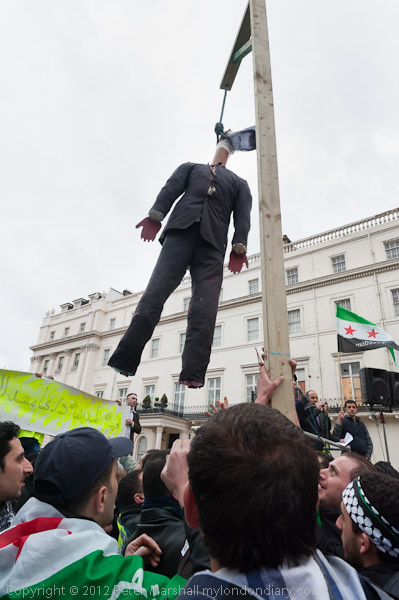
I’d had enough of the crowd and taken some pictures I felt reasonably happy with, so it was time to leave and go the short distance along the road to the smaller pen holding the supporters of the Asad regime. Here there was no crowding and physically it was much easier to work, but somehow I felt the whole thing lacking. It seemed rather more like a PR stunt than a protest, with slickly produced portraits of the dictator and truly deafening music.
Even though I’m sure that these people were genuine in their support for their president I found it hard to get inside things, perhaps because my own views are so different to theirs.
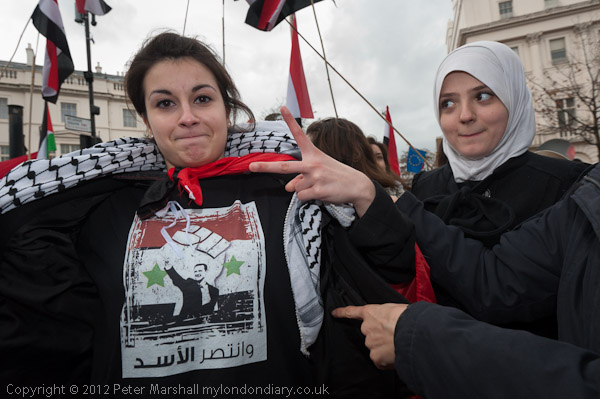
This was the picture I liked most of those I took, and perhaps it’s because of the two very different faces the women are making, and that the image of the president is less glossy than the others on show, but also because half of the image is almost dead black, and those two hand gestures which could be read as miming shooting give it, at least for me, something of the sinister.
You can see more of my pictures (and accounts) from the day on My London Diary:
Free Syrians Protest
Brent St Patrick’s Day
Asad Supporters Counter-Protest
________________________________________________________
My London Diary : Buildings of London : River Lea/Lee Valley : London’s Industrial Heritage
All photographs on this and my other sites, unless otherwise stated are by Peter Marshall and are available for reproduction or can be bought as prints.
To order prints or reproduce images
________________________________________________________







